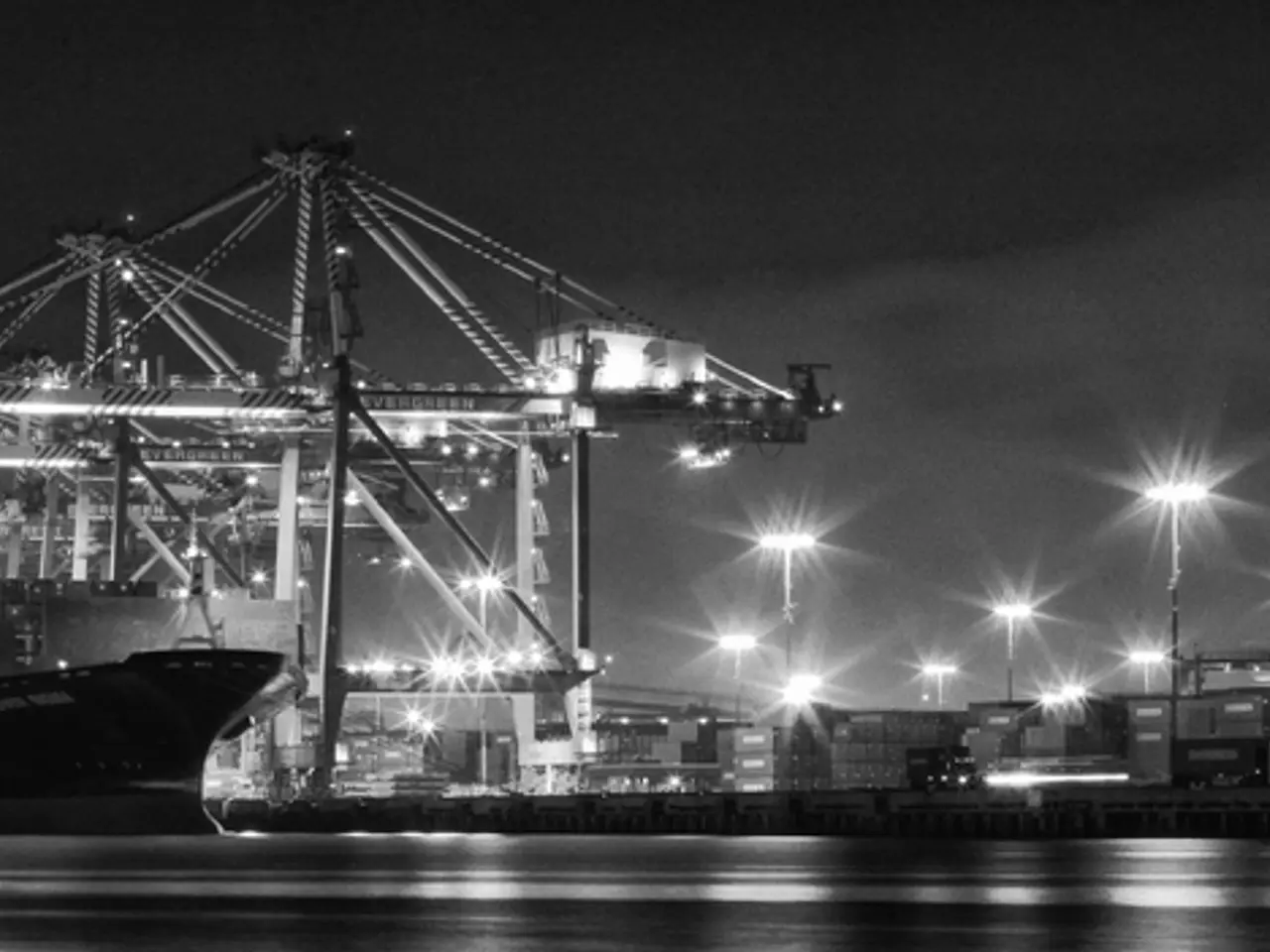Comparing New and Second-Hand Shipping Containers: Choosing the Ideal Solution for You
In the world of shipping containers, the choice between new and used units can significantly impact a project's success. Here's a breakdown of the advantages and disadvantages of each, considering factors such as cost, structural integrity, customization, and environmental impact.
### New Shipping Containers
New containers, manufactured under strict quality controls, offer several benefits. Their pristine appearance and structural integrity make them suitable for customer-facing or high-end projects. Customization is also easier due to their undamaged condition, allowing for seamless modifications. New containers provide peace of mind for cargo or customer-facing applications, ensuring reliability and fewer potential issues with damage or wear.
However, new containers come with a higher price tag, which may not be suitable for budget-sensitive projects. Additionally, purchasing a new container contributes to higher carbon emissions and resource usage compared to using a used container.
### Used Shipping Containers
Used containers, on the other hand, are much cheaper, making them a budget-friendly option for storage or utility-based conversions. Repurposing used containers reduces waste, supports sustainable practices, and can contribute to eco-friendly living and working spaces. Used containers are readily available and can be quickly repurposed for various applications, reducing construction time and waste.
However, used containers may show signs of wear, such as dents, scratches, or rust, which could affect their structural integrity and require additional maintenance. Customization might also require more effort due to existing damage or wear.
### Applications and Considerations
For customer-facing and high-end projects, new containers are recommended to ensure a professional appearance and reliability. Budget-conscious and sustainable projects would benefit from using used containers, as they are cost-effective and support environmental sustainability.
Creative and innovative uses for both new and used containers abound, from wellness retreats to pop-up shops or mobile workspaces. The choice depends on the desired aesthetic and functionality.
When deciding between new and used containers, a weighted decision matrix should be built, considering factors like purchase cost, refurbishment index, customization ease, delivery lead time, and environmental benefit. For example, "one-trip" used containers are near-new condition at used-unit pricing, with minimal cosmetic wear and full cargo integrity. Pristine structural integrity is a benefit of new containers, as they have no dents, rust spots, or patchwork.
Used containers can be ideal for heavy-duty applications, such as workshops, storage, or construction-site use. They may also be located closer to a site, yielding time and fuel savings during transportation.
Explore common uses for used shipping containers for real-world inspiration across industries to find the most interesting one for your project.
In the realm of home-and-garden or home-improvement projects, new shipping containers could be advantageous due to their pristine appearance, structural integrity, and easier customization, making them suitable for high-end applications or customer-facing spaces. Conversely, data-and-cloud-computing operations might find used shipping containers cost-effective and environmentally friendly, as they can be repurposed for various applications and have a reduced carbon footprint. The choice between new and used shipping containers should consider factors such as project budget, customization needs, aesthetic preferences, and environmental concerns, ultimately leading to an optimized container choice for specific projects.




